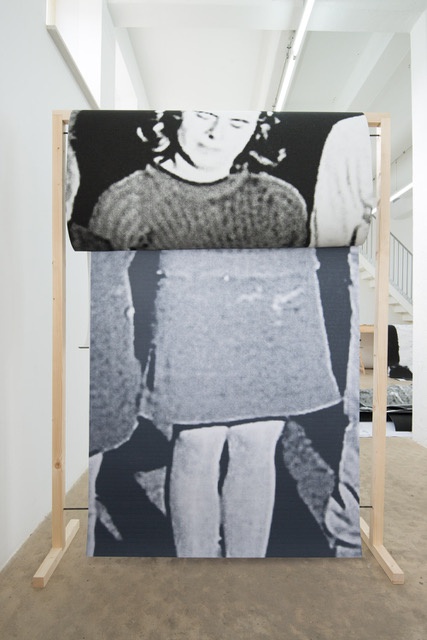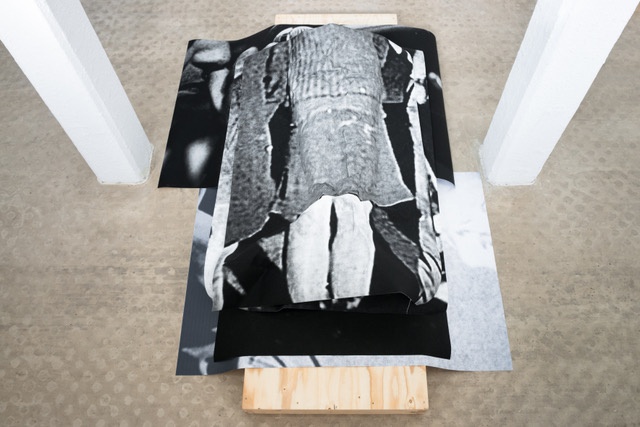‘The goal of the society in which you live is to destroy you. You share this goal. The weapon society uses is called indifference. You cannot allow yourself to adopt the same attitude. Poets, attack!’ (From ‘Live, suffer, write - method’ by Michel Houellebecq)
Aimee Zito Lema (1982) was born in Amsterdam but grew up in Argentina and her work is permeated with the political background of her father's country. Up until 1983 the government or the military Junta ruled with an iron fist, which resulted in corruption and enormous economic problems. Opponents of the regime disappeared with clock-like regularity. History stuck to her parents like glue, but Aimee Zito Lema was not free of it either.
The memories, the eyewitness stories, the voices of the Mothers of the Plaza de Mayo whose children had disappeared, are echoed by the silent images of that dreadful period. Zito Lema uses these photo archives to examine not only the past but also the process of remembering. How do you carry on living – as a country, as a human being – with this backpack full of heavy baggage?
A paper restorer told her that paper has a memory, it remembers its wrinkles and folds, or an existence in which it was all rolled up. In The subversive body, the paper carries the memory of the imprint of her own body. In this way, the image and the imprint in the paper combine the past with the present. ‘The past is aggressive and greedy and can dissolve everything within a few seconds.’
The papers are arranged on a wooden plateau, thus rendering the association with a coffin unavoidable. Yasmijn Jarram, writing about The subversive body: ‘A confronting image, that painfully reveals not only the disappearance of the body, but also the impossibility of the exact memory’.
From her personal perspective, Aimee Zito Lema brings the past back into the present, using altered images. She also shows us that the pain in the hearts of many is still palpable.


